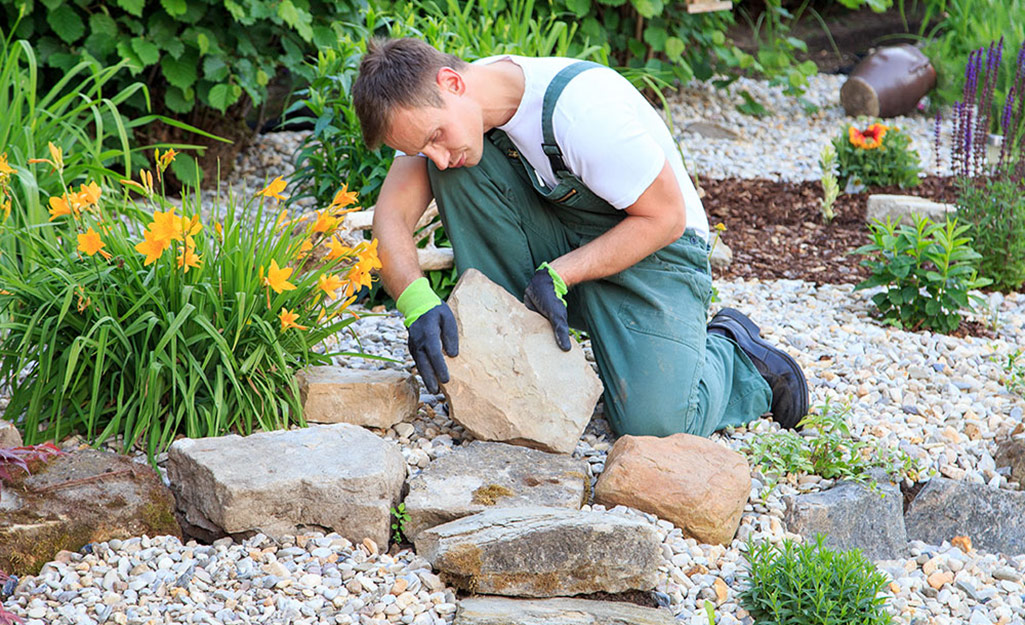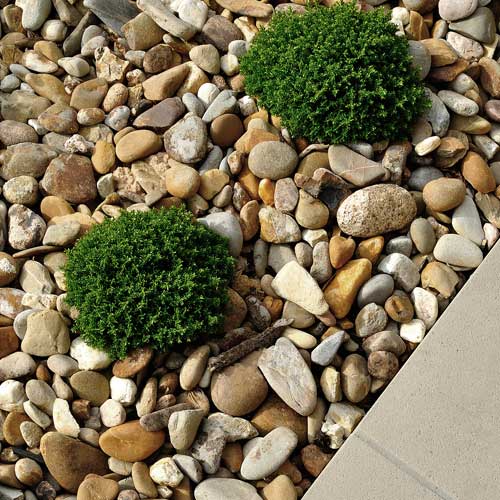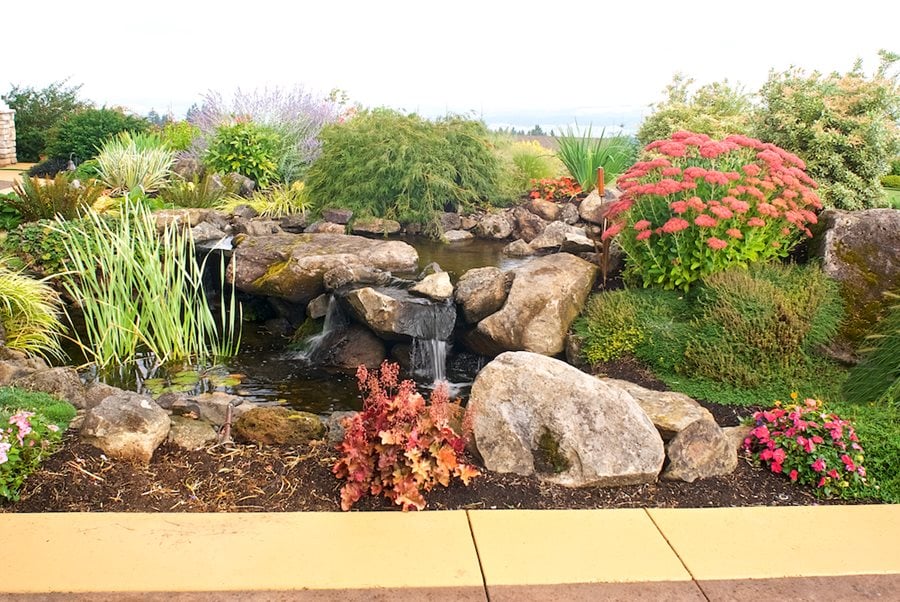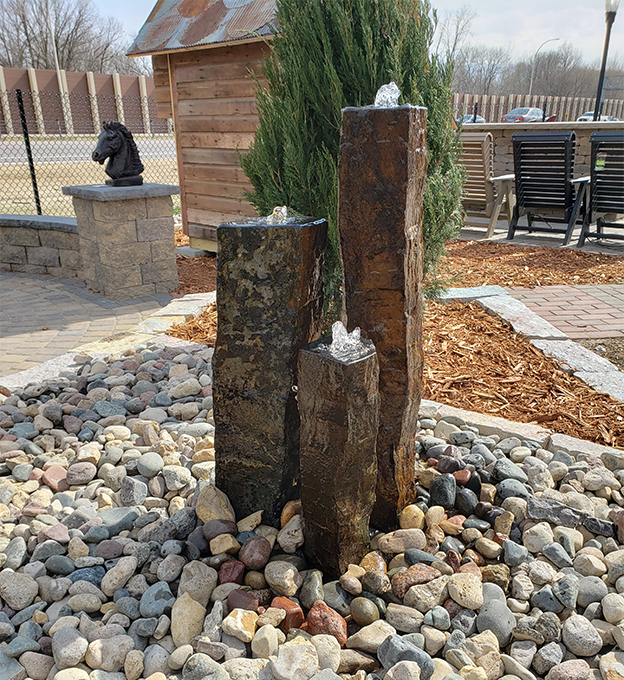Decorative rocks are not just a practical solution for garden landscaping; they also serve as a stunning visual element that can dramatically enhance the aesthetics of your outdoor space. Having personally experimented with different types of decorative rocks in my own garden, I can attest to their versatility and appeal. In this article, we’ll explore everything you need to know about decorative rock for gardens, including types, benefits, maintenance tips, and much more.
What is Decorative Rock?
Decorative rock refers to various types of stones and gravel used in landscaping to enhance the visual appeal of gardens and outdoor spaces. These rocks come in different shapes, sizes, colors, and textures, making them suitable for various landscaping styles.
The Benefits of Using Decorative Rocks in Your Garden
- Aesthetic Appeal: Decorative rocks can be an eye-catching part of your garden design.
- Low Maintenance: Unlike plants, rocks do not require watering or regular maintenance.
- Weed Control: A layer of decorative rocks can help suppress weed growth.
- Soil Erosion Prevention: Rocks can help stabilize soil and prevent erosion on slopes.
- Versatility: They can be used in various applications, from pathways to garden beds.
Types of Decorative Rocks for Gardens
1. River Rock
River rocks are smooth, rounded stones that come in various shades. They’re great for creating a natural look in gardens.
2. Lava Rock
Lava rocks offer a unique texture and are lightweight compared to other stones. They retain heat and are excellent for plant beds.
3. Pea Gravel
Pea gravel consists of small, rounded stones that are perfect for pathways and driveways.
4. Crushed Stone
Crushed stone is available in different sizes and colors, making it a versatile option for landscaping projects.
5. Marble Chips
Marble chips provide a luxurious touch to any garden and can be used as ground cover or in rock gardens.

Comparison of Decorative Rock Types
| Type | Best For | Texture | Price Range |
|---|---|---|---|
| River Rock | Garden beds, water features | Smooth | $$$ |
| Lava Rock | Plant beds, decorative features | Rough | $$ |
| Pea Gravel | Paths, driveways | Smooth | $ |
| Crushed Stone | Paths, drainage | Rough | $$ |
| Marble Chips | Decorative ground cover | Smooth | $$$ |
Choosing the Right Decorative Rock for Your Garden
When selecting decorative rock for your garden, consider the following factors:

1. Purpose
Determine whether you need rocks for decorative purposes, drainage, or both.
2. Color and Texture
Choose colors and textures that complement your existing landscaping and home design.

3. Size
The size of the rocks can impact both the visual appeal and functionality of your garden.
4. Budget
Different types of decorative rocks come at varied price points. Plan your budget accordingly.

5. Local Availability
Check local suppliers for availability and delivery options to save on costs.
How to Install Decorative Rock in Your Garden
Installing decorative rock in your garden is a straightforward process. Here’s a step-by-step guide based on my personal experience:

Step 1: Preparation
Clear the area where you plan to install the rocks, removing any plants, weeds, or debris.
Step 2: Landscape Fabric
Lay down landscape fabric to prevent weeds from growing through the rocks.

Step 3: Adding the Rock
Pour your chosen decorative rock onto the fabric, spreading it evenly to your desired depth.
Step 4: Edging
Consider adding edging materials, like pavers or wood, to define the area and keep the rocks contained.
Step 5: Watering
Water the area lightly after installation to help settle the rocks into place.
Maintaining Your Decorative Rocks
While decorative rocks are low maintenance, they do require some care:
1. Regular Cleaning
Occasionally rinse the rocks with water to remove dust and debris. Use a leaf blower to clear fallen leaves.
2. Weed Control
Check periodically for weeds that may poke through the landscape fabric and remove them promptly.
3. Replenishing
Over time, rocks may become displaced. Be prepared to add more to maintain the desired look.
Creative Ways to Use Decorative Rock in Your Garden
Here are some innovative and creative ideas based on my experiences for incorporating decorative rocks into your garden:
1. Pathways and Walkways
Use decorative gravel or flat stones to create beautiful pathways that guide visitors through your garden.
2. Rock Gardens
Create a rock garden by combining different types of rocks and succulents for a modern twist.
3. Water Features
Incorporate river rocks around fountains or ponds to simulate a natural waterway.
4. Borders and Edging
Use smaller stones as borders around flower beds or vegetable gardens to define spaces.
5. Decorative Accents
Add decorative boulders or sculptures among plants for added interest.
Pros and Cons of Using Decorative Rocks
| Pros | Cons |
|---|---|
| Low maintenance | Can be expensive |
| Weed suppression | May retain heat, affecting nearby plants |
| Durable and long-lasting | Heavy, difficult to move once placed |
| Versatile in design | May require a deeper base layer to prevent sinking |
Frequently Asked Questions (FAQs)
What types of decorative rock are best for gardens?
The best types depend on your garden’s design and needs, but popular choices include river rock, pea gravel, and lava rock.
How much decorative rock do I need?
Measure the area you wish to cover and calculate based on the depth you want (generally 2-3 inches). Use an online calculator to determine the quantity needed.
Can I install decorative rock myself?
Yes, installing decorative rock is a DIY-friendly task. With the right tools and preparation, you can achieve a beautiful result!
Will decorative rocks attract pests?
Generally, decorative rocks do not attract pests. However, be mindful of any organic material that may accumulate with time, as this can attract pests.
Can I use decorative rocks for drainage?
Absolutely! Crushed stone or larger river rocks are excellent for drainage purposes in gardens and around foundations.
Conclusion
Decorative rocks can transform your garden into a stunning and functional outdoor space. With so many options available, you can find the perfect match for your style and needs. Embrace the beauty of nature while enjoying the low maintenance that decorative rocks offer.
If you’ve had any personal experiences or tips regarding decorative rocks in your garden, feel free to share them in the comments! Let’s keep the conversation going and help each other create beautiful outdoor spaces.